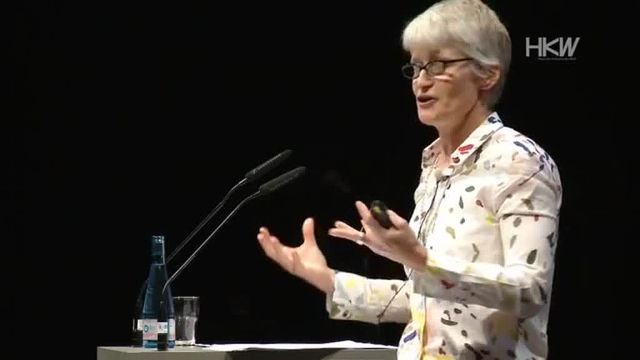Autochthony
The Anthropocene Project. An Encyclopedia
As humanity became sedentary, autochthonously bound to a plot of land, as cultural history would have it, civilization developed through agriculture and animal husbandry. Ever since then, over all these centuries, humanity formed cultural landscapes, ploughed fields, tunneled into mountains, built settlements and took the earth into its possession. It became the material for progress and growth, in just a blink of an eye of the earth’s history and now increasingly rapidly and out of control. Just before reaching the planet’s limit with a certainly uncertain outcome, the civilized earthlings now stumble about in the midst of all their creations, reproducing, consuming, arguing, and researching hectically for their survival on earth. But getting away from the global perspective: is being-at-home still contemporary in the Anthropocene? In parts of the Amazon, Australia, Alaska, or Indonesia, for example, there is a general debate of what belongs on what land (Cows? Mines? The military? Soy farming? Politicians? Forest?) The local actors typically only play a subordinate role. With an eye on worldwide currents of migration, we are losing our grounding anyway. But, what does it mean to lose the ground beneath our feet, and what exactly is “civilization”?
More information in the media section
Is the Anthropocene… Legal? Dialogue between Christina von Braun and Paulo Tavares
Geontologies: A Requiem to Late Liberalism. Keynote by Elizabeth A. Povinelli

